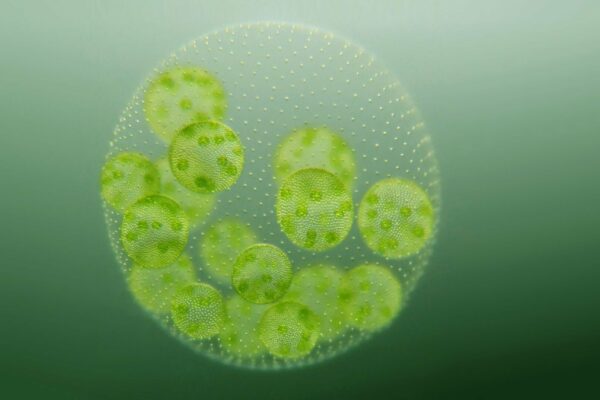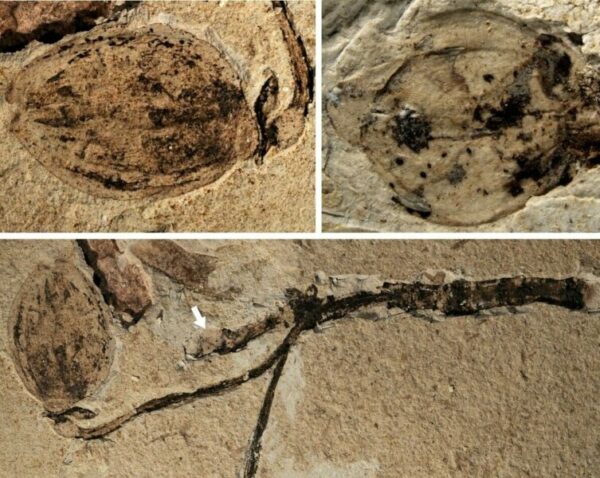
Did humans favor certain wild plants for domestication because they were more easily “tamed”? New research calls for a reappraisal of the process of plant domestication, based on almost a decade of observations and experiments. The behavior of erect knotweed,…
Read More











